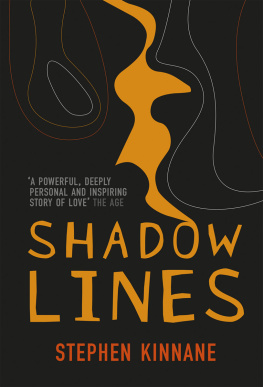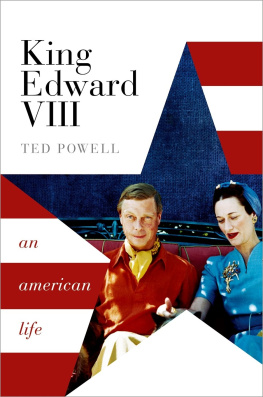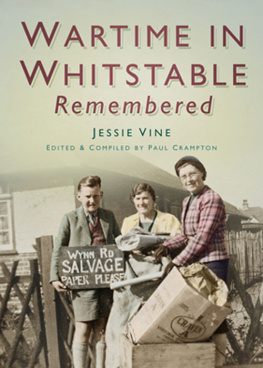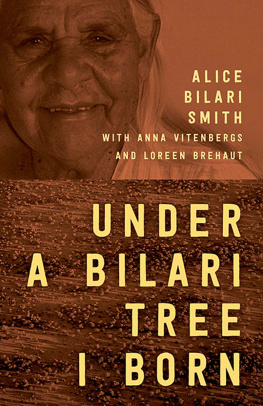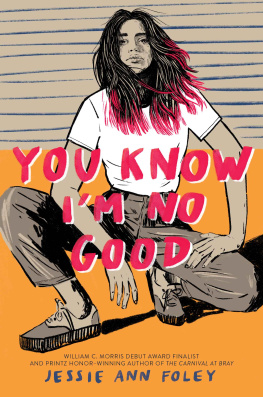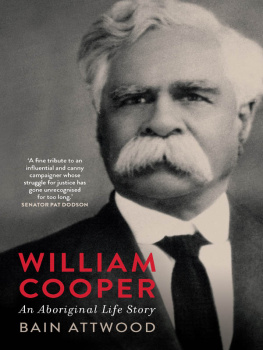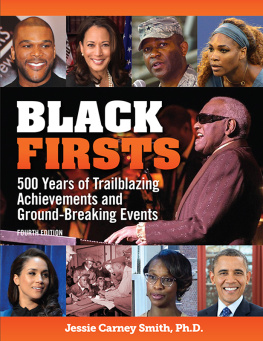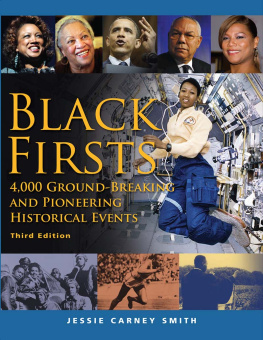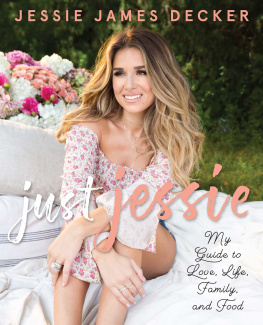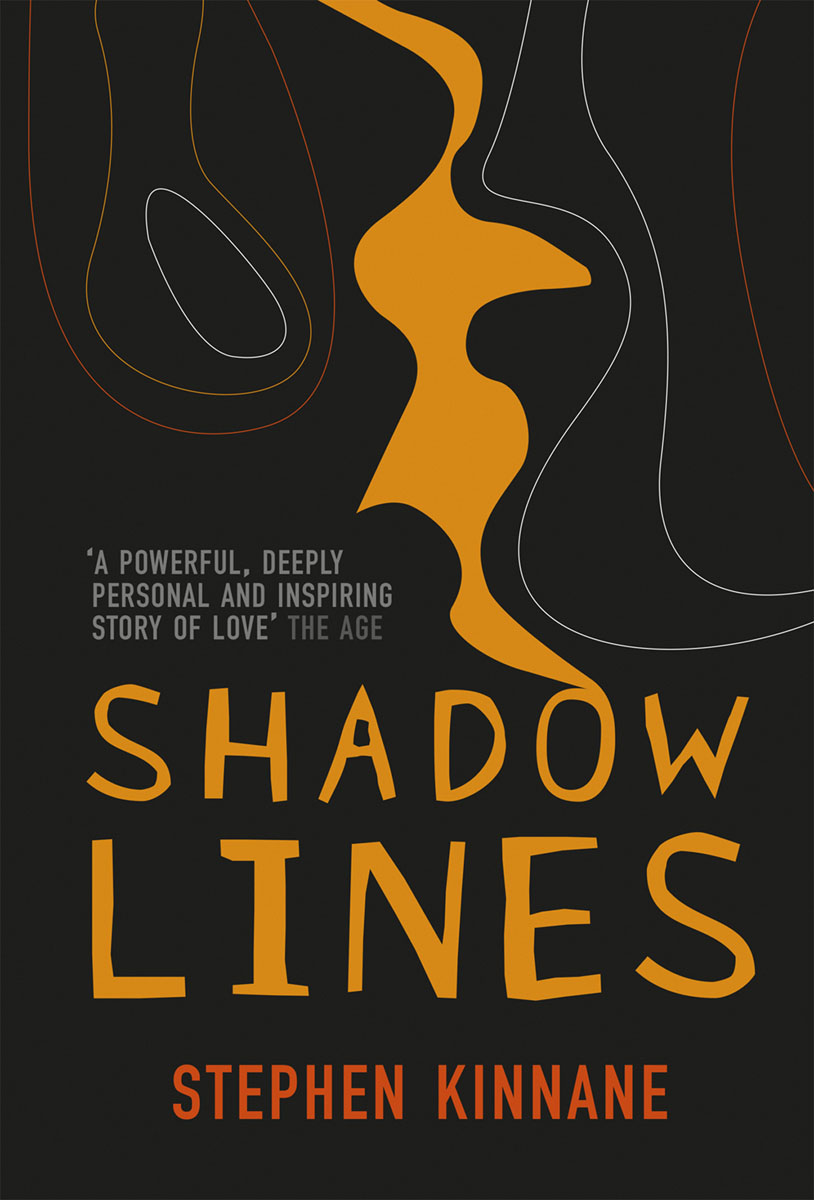
Praise for Shadow Lines
Kinnane is a fine writer who mixes well-researched history with family stories and a deep love for, and understanding of, the landscapes of Western Australia. It is hard to imagine a more balanced, intelligent or insightful book about the modern Aboriginal experience. It is a story powerfully told.
Sydney Morning Herald
Kinnanes sympathetic portraits of his grandparents lives offers an irresistible look into the choices, pressures and belief systems available to two very different people living in the early decades of the twentieth century.
Aboriginal History
Beautifully written, Shadow Lines is a powerful, deeply personal and inspiring story of love and the ability of the human spirit to triumph despite overwhelming odds.
The Age
This is a tale of self-discovery, beautifully told Shadow Lines is a considerable accomplishment of history, biography and creative writing.
The West Australian
a touching account of courage and family love.
The Canberra Sunday Times
Shadow Lines is a rich and moving testimony to a sorry, sorry past.
Australian Bookseller and Publisher
SHADOW LINES
There are different versions of how Edward and Jessie came together What I do know is that when he fell, he fell hard. What I do know is that they used every spare moment to spend time with each other Edward, Eddie from Emanuel School in Westminster, London, met up with Cully, Jessie Argyle, Gypsy, a Miriwoong woman from Argyle Station. He was a wiry suntanned Englishman with a kind face and a cheeky way of turning his head when she took his photograph. She was a good-looking solid woman who didnt waste time, who did as she pleased as long as she could get away with it. She was disarming, quick-witted, and in control, and he was all vaudeville and magic tricks and had seen a bit of the world.
They were crossing boundaries of race without care, going places where they would have been noticed and discussed. They were having the time of their lives in their first six months together. They had both travelled a long way from their homelands. They were not supposed to meet. The society in which they met did not approve of mixed-race couples. They were not allowed to meet as far as the Aborigines Department was concerned, and they were about to learn that the hard way.
Steve Kinnane is a Marda Marda from Mirriwoong country in the East Kimberley. He has been an active writer and researcher for more than twenty-five years as well as lecturing and working on community cultural heritage, curatorial and development projects. He co-wrote and produced The Coolbaroo Club (1996), an ABC TV documentary awarded the Human Rights and Equal Opportunity Commission Human Rights Award for the Arts, and collaborated with Lauren Marsh and Alice Nannup on When the Pelican Laughed (1992), the story of Mrs Alice Nannup (Fremantle Press). Shadow Lines was awarded the Western Australian Premiers Book Award for Non-fiction 2003, the Fellowship of Australian Writers Award for Non-fiction 2003 and the Stanner Award 2004, and was shortlisted for the Queensland Premiers Literary Award and South Australian Premiers Award. Steve has lived and worked periodically between Perth and the Kimberley region of Western Australia.
First published 2003 by
FREMANTLE PRESS
Fremantle Press Inc. trading as Fremantle Press
25 Quarry Street, Fremantle WA 6160
(PO Box 158, North Fremantle WA 6159)
www.fremantlepress.com.au
Copyright Stephen Kinnane, 2003.
The moral rights of the author have been asserted.
This edition published with corrections in 2020.
This book is copyright. Apart from any fair dealing for the purpose of private study, research, criticism or review, as permitted under the Copyright Act, no part may be reproduced by any process without written permission. Enquiries should be made to the publisher.
Consultant Editors Ray Coffey and Janet Blagg.

ISBN 9781925816709 (paperback)
ISBN 9781925815627 (ebook)

Fremantle Press is supported by the State Government through the Department of Local Government, Sport and Cultural Industries.

Publication of this title was assisted by the Commonwealth Government through the Australia Council, its arts funding and advisory body.

for Jess
shadow lines
The inflexible boundaries that are laid down by narrow definitions of race, nationalism and religion are shadowed by the boundaries that we ourselves remake as we try to make sense of our world. Our lives are not neatly divided and separated by these demarcations. Our stories are sometimes connected in ways that we cant even fathom, until the diversity of our stories is made clear to us through the inability of rigid boundaries to define, classify and label us.
Shadow lines are wide lines of negotiation that we all use to make sense of our differences, and our interconnections. They shift and change, break and re-form, swell and divide into spaces and patterns within the honesty of those of us who choose to ignore the straight, hard lines and choose to step into a place where our stories have room to move, to dance and exist. These lines of story shadow all of us. They are not always eloquent, or enlightening. Some are brutal and difficult to reconcile.
Contents
I
HOMELANDS

skin
My grandmothers skin was concealed when she was a small child. I am of my grandmothers skin. Her skin leads to my mothers skin, and my mothers skin to mine. My skin is olive and supple. Cuts do not heal quickly but dissolve slowly into raised scars devoid of pigment. The scars last. They show. But this is not the skin I am talking of. I was reunited with my skin when I returned to my grandmothers country, Miriwoong country. Jalyirri is my skin. It is how I am placed. It is my skin of reunion. My grandmother was placed by her skin, Nangarri, and then taken away to a place where her skin meant nothing more than colour.
A dissecting black border was ruled northsouth through the Kimberley, slicing my grandmothers country in two. It cut its way along Empire-red maps dividing the northern frontier into federated Western Australia and the Northern Territory. White people had been in my grandmothers country less than twenty years when she was born. The Europeans saw these countries simply pastured or rocky, fertile or infertile, inhabited, but from where they stood, under utilised. They saw only two seasons in the East Kimberley, Wet and Dry. The Dry is seen as hot and dusty. The Wet is even hotter, but the heat is broken by the rains. The Miriwoong identify four seasons: Rain, Cold, Windy and Hot. Come the Rain season the country sings into life in rich greens, reds and purples. There is plenty of food and it is Law-time; time to catch up with the mob and rejuvenate the land. The ground is always damp, and can become one vast glass-like flood plain when the afternoon rains thunder down.
Next page
